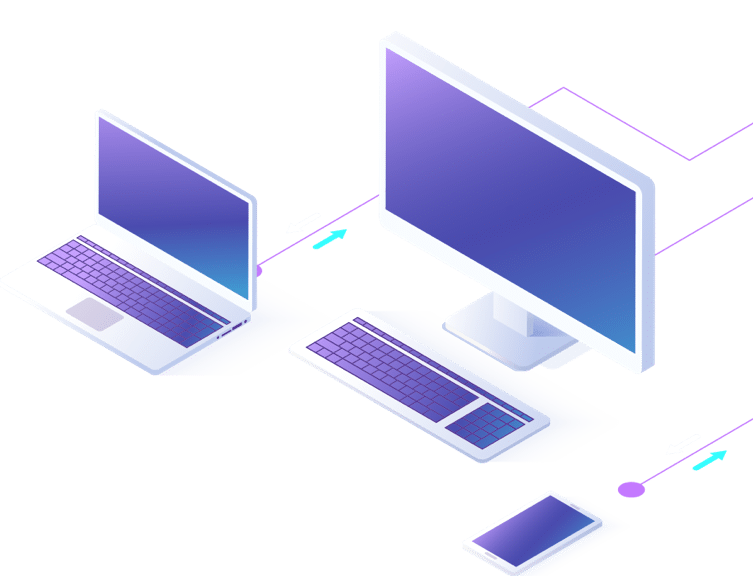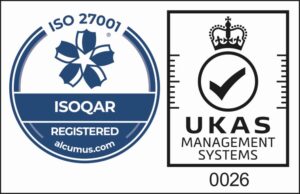The cybersecurity landscape in 2025 is fraught with challenges that require proactive measures. For business leaders, the time to act is now. Ignoring these threats is not an option. Here’s our 8 recommendations for Cybersecurity in 2025: What Every Business Leader Needs to Know
1. AI-Powered Cyber Threats Are on the Rise
Artificial intelligence (AI) is a double-edged sword. While it’s being leveraged to strengthen defenses, cybercriminals are using AI to launch more sophisticated attacks. AI-powered malware can adapt to bypass security measures, and deepfake technology is being weaponized for social engineering attacks, as PWC put it ‘AI Agents’ are the new kid on the block. These advanced threats are difficult to detect using traditional methods, making it essential for businesses to invest in AI-driven security solutions.
Action Point: Evaluate your cybersecurity strategy to include AI-driven detection and response systems. Partner with experts who can help you stay ahead of these evolving threats.
2. The Supply Chain is a Prime Target
Supply chain attacks are becoming more frequent and impactful. Cybercriminals are targeting smaller vendors to infiltrate larger organizations, exploiting the interconnectedness of today’s business ecosystem. These attacks can disrupt operations, steal sensitive data, and damage reputations.
Action Point: Conduct thorough risk assessments of your supply chain. Ensure that your partners adhere to robust cybersecurity practices and implement continuous monitoring.
3. Ransomware as a Service (RaaS) Expands Its Reach
Ransomware attacks are no longer the work of isolated hackers. The emergence of Ransomware as a Service (RaaS) platforms has lowered the barrier to entry for cybercriminals. In 2025, we’re seeing a significant increase in highly targeted ransomware attacks, with criminals focusing on industries that handle sensitive data, such as healthcare, education, and finance.
Action Point: Regularly back up critical data and test your disaster recovery plan. Invest in employee training to recognize phishing attempts, which are often the entry point for ransomware.
4. Regulations Are Getting Stricter
Governments worldwide are implementing more stringent data protection and cybersecurity regulations. Non-compliance can result in hefty fines and legal action. In 2025, new frameworks like the EU’s revised NIS2 Directive and stricter GDPR enforcement are putting additional pressure on businesses to enhance their cybersecurity measures.
Action Point: Stay informed about regulatory changes that impact your industry. Work with legal and IT experts to ensure compliance and avoid penalties.
5. Hybrid Work Increases Attack Surfaces
The hybrid work model, now a permanent fixture for many businesses, has significantly expanded the attack surface. Remote employees often use personal devices and unsecured networks, creating vulnerabilities that cybercriminals are eager to exploit.
Action Point: Implement a Zero Trust security model, enforce strict access controls, and provide employees with secure tools and ongoing training.
6. IoT Devices Are a Growing Liability
The Internet of Things (IoT) is transforming industries, but it’s also creating new vulnerabilities. Many IoT devices lack robust security features, making them attractive targets for cyberattacks. In sectors like healthcare and manufacturing, where IoT adoption is high, the risks are even greater.
Action Point: Conduct regular security audits of all connected devices. Use network segmentation to isolate IoT devices from critical systems.
7. Cyber Insurance Is No Longer Optional
As cyber risks grow, insurers are tightening the requirements for coverage. Businesses are now required to demonstrate robust cybersecurity measures to qualify for policies. In 2025, having cyber insurance is not just a safety net but a necessity for mitigating financial losses.
Action Point: Review your cyber insurance policy to ensure it provides adequate coverage. Work with your IT team to meet the necessary security standards.
8. Data Integrity Attacks Threaten Trust
Unlike traditional data breaches, data integrity attacks involve altering information to mislead or cause harm. These attacks can disrupt decision-making, damage customer trust, and lead to significant financial losses.
Action Point: Implement blockchain technology and advanced monitoring tools to ensure data integrity and detect unauthorized changes.




